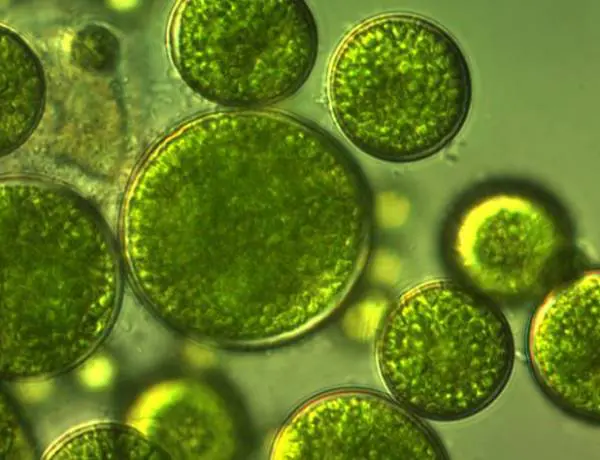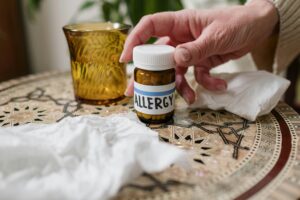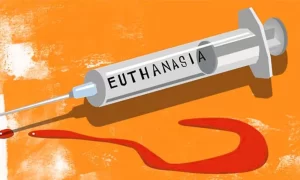Envision a future, where you go to the pharmacy – the very same one you go to buy cough drops, to purchase a pack of microalgae supplements for lung cancer. We might just make this sci-fi vista into reality. But first of all, what’s so special about microalgae?
Standard cancer treatments usually revolve around the fields of chemotherapy and radiation, however, these treatments, while effective, bear side effects after application. These include Neutropenia, a condition when there are too few white blood cells in your system; Lymphedema, the swelling of tissue, Deep Vein Thrombosis, a blood clot formed in the deeper veins in your leg, nerve damage, hair loss, nausea and vomiting and more. In brief, these treatments may adversely impact a patient’s immune system.
This is where alternative treatments come in place, with micro-algae being one of many. However, it is the idea of deriving the natural anti-cancerous properties from flora and fauna that differs from other complementary methods.
Inside microalgae, there are a few types of bioactive molecules present, including carotenoids, different types of polysaccharides, vitamins, sterols, fibres, and minerals. As can be seen, microalgae have a diverse range of chemical constituents and biomass, as well as substantial potential for the first step in developing nonmalignant drugs.
In the past, such properties of microalgae were utilised in the production of food supplements and gelling substances. However, it is in recent years that microalgae has been put under the spotlight in cancer research. One of the investigations involved studying the potential anti-carcinogenic effect of microalgal extracts, which can decrease the risk of getting cancer. It was summarized that they had an ability to induce programmed cancer cell death through caspase-dependent or independent pathways, both triggers of apoptosis, and the elimination of unwanted cells.
Multiple investigations have found that certain algae-derived compounds were able to attune several cellular mechanisms such as cellular cytotoxicity (the degree to which a substance can cause damage to a cell), downregulate invasion of tumour cells, and enhancement of cancer cell apoptosis.
A specific example of a carotenoid (essential pigments in photosynthetic organs along with chlorophylls) found in microalgae, diatom, and brown seaweeds is fucoxanthin. This particular carotenoid, through findings from cellular and molecular investigations, was able to prevent the growth of malignant cells, stimulate cancer suppressor genes, and arrest cell cycles – all while uninterrupting tumour cells apoptosis. Blue-green microalgae have also been discovered that they bear antitumour capacity as well. Such insights of the fucoxanthin and blue-green microalgae may improve tumour therapy on humans.
Cancer is one of the most common causes of death globally. Our immune systems, being complex and diverse, require adequate treatments that are both effective and safe in the long term. Microalgae could be one of the first types of treatment that could fulfil both criterias, having gained significant attention in recent years due to the developments in cancer treatment. Despite the research being in its early stages, there is an accumulating amount of evidence and ongoing research that supports their therapeutic benefits. Nonetheless, it is astounding to see that flora and fauna have possibly provided us the antidote to one of the deadliest diseases known to humankind.
Bibliography
- Abd, M. E., Abdelnour, S. A., Mahmoud Alagawany, Abdo, M., Sakr, M. A., Khafaga, A. F., Mahgoub, S. A., Elnesr, S. S., & Gebriel, M. G. (2019). Microalgae in modern cancer therapy: Current knowledge. Biomedicine & Pharmacotherapy, 111, 42–50. https://doi.org/10.1016/j.biopha.2018.12.069
- Apoptosis. (2023). Genome.gov. https://www.genome.gov/genetics-glossary/apoptosis#:~:text=Apoptosis%20is%20the%20process%20of,a%20role%20in%20preventing%20cancer
- Jiří Komárek, & Johansen, J. R. (2015). Filamentous Cyanobacteria. Elsevier EBooks, 135–235. https://doi.org/10.1016/b978-0-12-385876-4.00004-9
- Martínez, K. A., Lauritano, C., Romano, G., & Ianora, A. (2018). Marine Microalgae with Anti-Cancer Properties. Marine Drugs, 16(5), 165–165. https://doi.org/10.3390/md16050165
- Saxena, A., Raj, A., & Tiwari, A. (2022). Exploring the Anti-cancer Potential of Microalgae. IntechOpen EBooks. https://doi.org/10.5772/intechopen.104831
- Saloni Dattani, Spooner, F., Ritchie, H., & Roser, M. (2023, September 22). Causes of Death. Our World in Data. https://ourworldindata.org/causes-of-death#:~:text=In%20the%20past%2C%20infectious%20diseases,common%20causes%20of%20death%20globally










